
So, you’re itching for a winter road trip through the Rockies? That was exactly my wild idea back in the first few weeks of December. I was determined to use the full potential of my Ikon ski pass, not limiting it to the local I-70 corridor resorts near Denver, Colorado. Fast forward about a week on the road, and let me share some of what I’ve gleaned so far about winter stealth camping —12 tips for navigating the bone-chilling nights, the even more bone-chilling mornings, and the perpetual quest for a safe place to sleep.
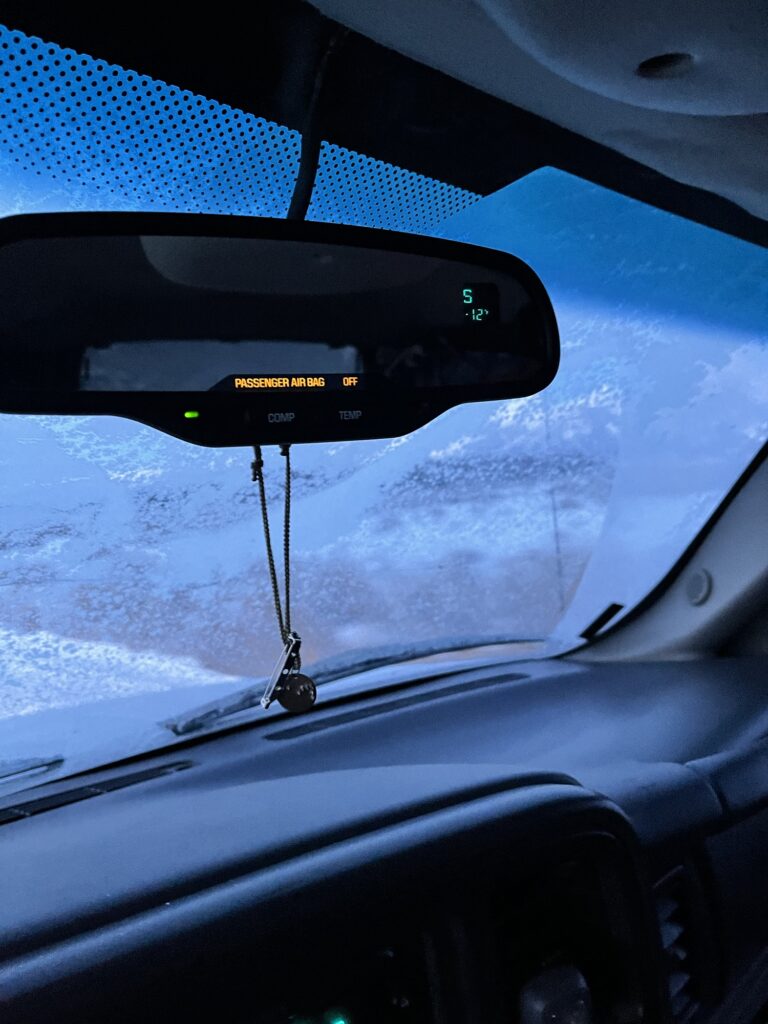
1. Make sure you have the proper gear!
This is the paramount checkpoint before embarking on your frosty escapade. The past week has been a testament to the significance of having the right gear. Picture this: a cozy night’s sleep in sub -20 degree Fahrenheit weather. How? It’s all about the gear—zero degree sleeping bag (Stoic Groundwork Single Sleeping bag), battery-operated heated blanket, flannel sheets, and a couple of hearty blankets. Tucked into my well-insulated car (more on that later), I can snooze in a base layer set. Quick note: a simple base layer works wonders for mummy sleeping bags, letting your body heat do the heavy lifting while the sleeping bag seals in the warmth. Ponder adding a high r-value rated sleeping pad for an extra layer of insulation.
2. Insulate, insulate, insulate
Before hitting the road, I played engineer on my vehicle to lock in the heat. Stripping my Chevy Tahoe of all its seats, I installed reflective insulation and foam board throughout the vehicle. The most important part however is insulating the windows. In the chilly world of car living, windows are the heat’s escape hatch. Custom window coverings fashioned from reflective insulation not only keep me warm but also aid in privacy. It is crucial to insulate your windows if your planning on winter stealth camping.
3. Crack your windows
It sounds counterintuitive, especially when you’re bedding down in sub-zero territory. But here’s the logic: crack those windows to ward off condensation on the glass, a dead giveaway when you’re winter stealth camping. No one wants to broadcast their car-sleeping status. Plus, it avoids interior condensation that can turn your cozy haven into a damp domain. In the cold, being wet is the gateway to hypothermia.
4. Protect yourself
A universal tip, but especially pertinent for solo female travelers. Safety in the cold is essential, as is guarding against unwelcome encounters. Here’s my pre-sleep ritual: keys strategically placed, driver’s seat clear for a swift escape if needed, doors always locked, and within arm’s reach—knife and pepper spray. These are last-resort precautions for the worst-case scenario, or simply peace of mind for a restful night. In urban sleep spots, I stay put once I’ve settled in for the night. No nighttime strolls for me. That way, no one can tell if I’m solo or part of a burly entourage—or if I’m just not there at all. It does mean strategic bathroom breaks, but it’s a small price for safety and warmth.
5. Get your car ready for the trip on icy mountain roads
When you’re tackling the Rockies in the dead of winter, sketchy road conditions are the name of the game. Equip your vehicle with robust all-season tires and, at the very least, all-wheel drive. Ahead of my journey, I opted for new tires, a decision I’ve celebrated since. I was teetering on the brink of needing new ones, and while they might have sufficed for routine driving, the prospect of snowy roads nudged me towards fresh treads. Also, ensure your battery is in tip-top condition—there’s nothing worse than a frigid morning and a car that won’t start. However, this leads me to my next tip…
6. Have a Backup Car Jumper
Picture this: you’re stranded in the middle of nowhere, and the nearest soul is a hundred miles away. That’s when a backup car jumper becomes your guardian angel. Pro tip: ensure it’s charged. Also, consider enlisting the support of roadside assistance, be it through AAA or your car insurance.
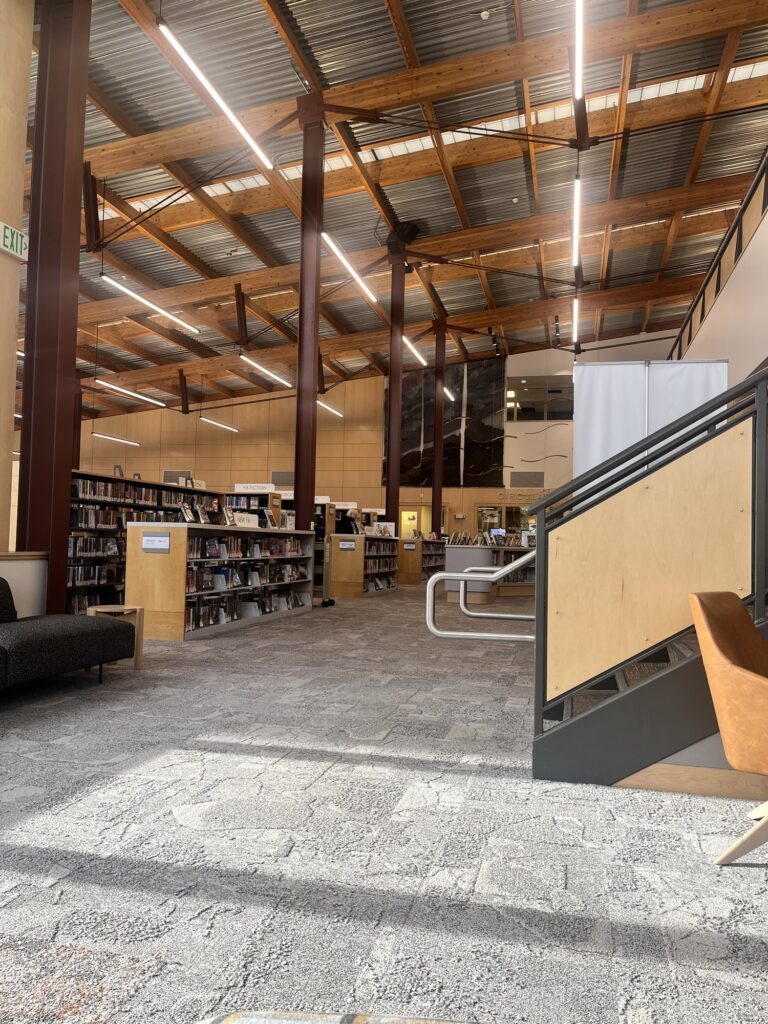
7. Hang out in Public Libraries
If, like me, you’re cruising on a tight budget, idling in your car all the time isn’t the most economical or entertaining choice. Enter my newfound haven—the public library. They’re scattered across towns and cities, welcoming, warm, equipped with bathrooms, usually offering free water, and the cherry on top—free wifi. What more could a budget-conscious nomad desire?
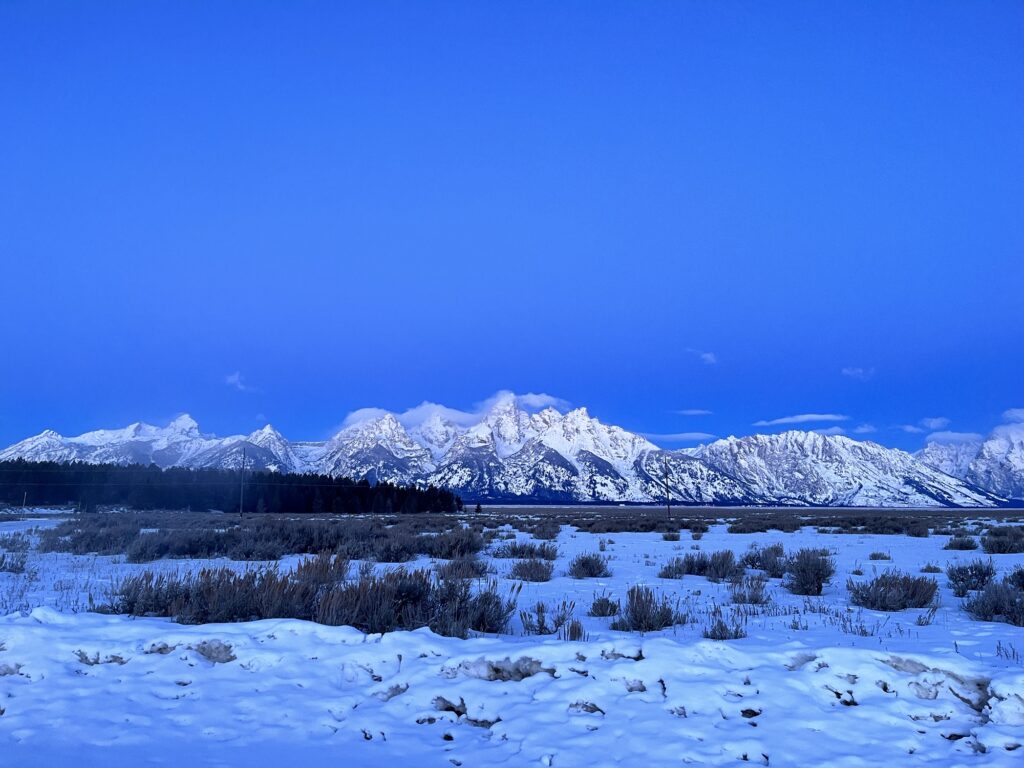
8. Use apps like ioverlander
One of my biggest challenges was finding safe spots to park overnight—places where I was not just tolerated but welcomed. Enter the savior—The Ioverlander app. The winter months bring overnight street parking restrictions in many mountain towns. For instance, when I rolled into Jackson Hole, I quickly grasped the reality of virtually zero overnight parking anywhere in town or at the resort. Exit city limits, find a dispersed camping area (GPS Coordinates: 43.7039253, -110.6224673) with a direct Tetons view—problem solved.
9. Ask a local for recommendations for winter camping spots
Alas, Ioverlander isn’t a winter oracle guaranteeing perfect sleep spots. Many comments and reviews on the app lean towards warmer months. Some areas marked as camping spots turn out to be inaccessible in winter. This is where the local touch proves invaluable. Reach out to the local forest ranger station or, even better, tap into the wisdom of the local outdoor store employees. In Big Sky, when forest service road access points were closed, a chat with an outdoor store staff member revealed a perfect year-round dispersed camping spot.
10. Make sure to let someone know where your sleeping in the backcountry
The gem recommended to me in Big Sky was Taylor Fork Road, about 10 miles south of Big Sky near West Yellowstone. It’s completely devoid of cell reception. Being alone, in bear country —I knew someone had to have my coordinates. If your journey takes you beyond the reach of cell towers, sharing your location is non-negotiable. I also carry a Garmin inReach SE+ device for satellite emergency communications, but a simple heads-up to someone is a crucial safety net anytime you’re solo in the backcountry.
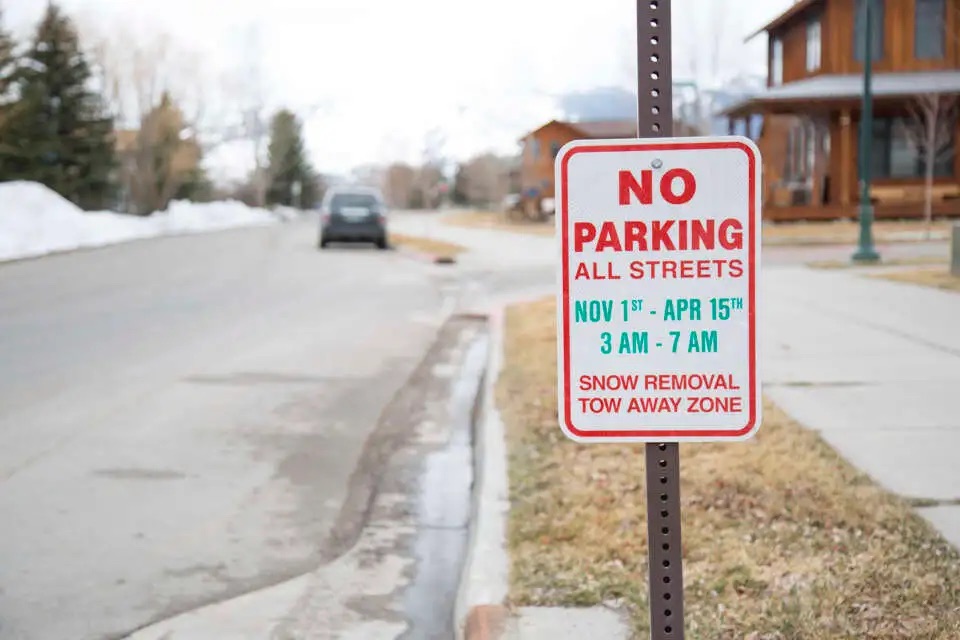
11. Research and understand local regulations for overnight parking
I’ve touched on this, but it bears repeating. Winter stealth camping brings a rulebook shuffle for overnight parking. Jackson Hole and Big Sky showcased a strict “no overnight parking” policy on streets and most public lots for snow plows. Many summer dispersed camping areas and campgrounds morph into winter no-go zones. So, arm yourself with research and know where you are welcome.
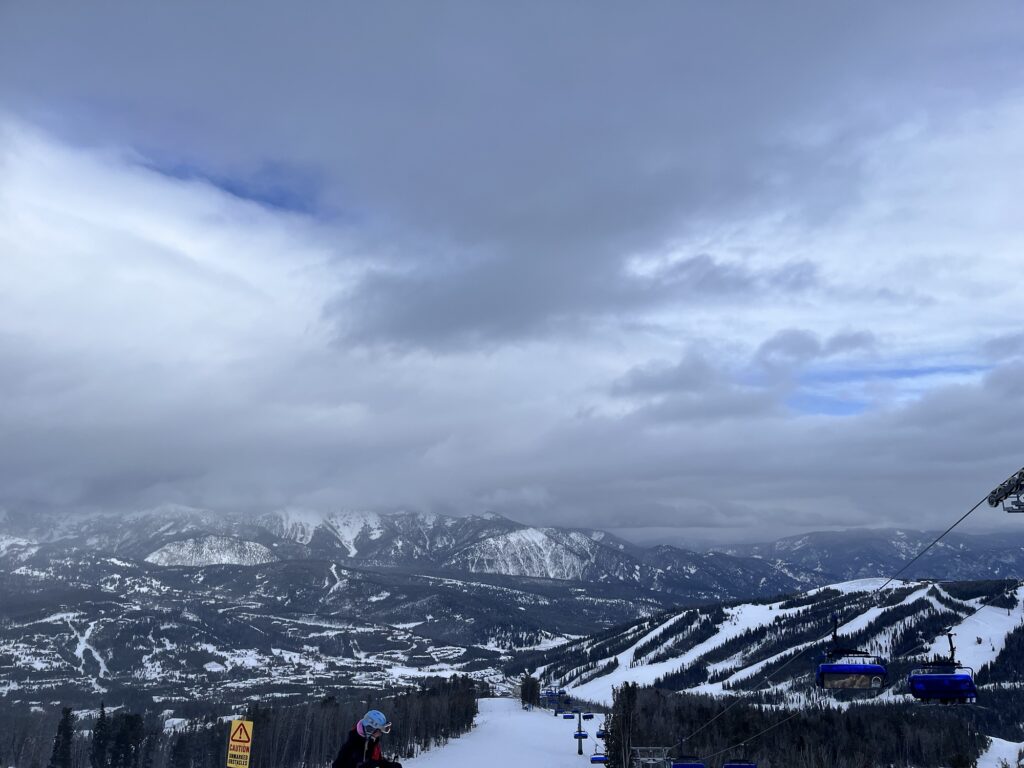
12. Stay flexible
Life on the road is a kaleidoscope of unpredictable changes. Toss in winter in the Rockies, and you’re navigating a rollercoaster of unpredictability. Weather, road conditions, and a myriad of variables can throw curveballs your way. So, pack a hefty dose of flexibility into your plans. In the solo traveler’s playbook, one lesson stands out—take your time. In the solitary rhythm of your own journey, rushing is a luxury you don’t need. So, savor the moments, relish the detours, and let the journey unfold at its own pace!
A winter road trip through the Rockies unveils both challenges and rewards. Armed with these 12 practical tips, from gear essentials to local insights, you’ll navigate the icy roads and frosty nights with confidence. Embrace the flexibility of the journey, savor the moments, and find solace in the beauty of a solo adventure. Your winter wanderlust awaits—safe travels!
Bekah- longwayaround
Related content:
“On the road again: My first solo road trip”